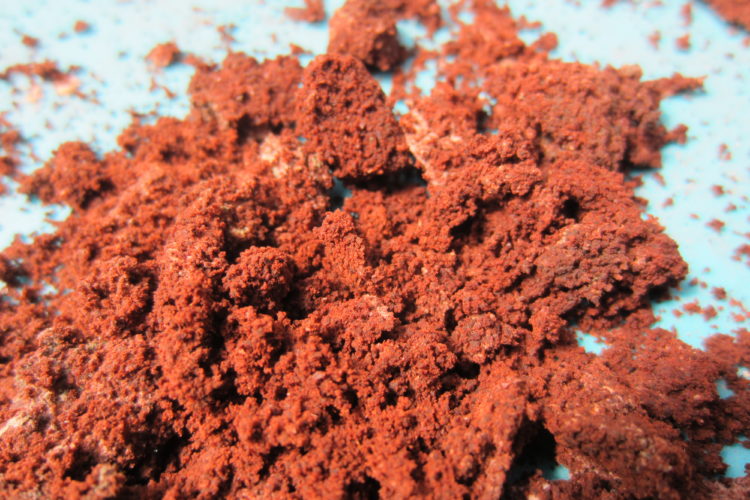Mosquitos suck. Literally. But what does that have to do with coffee grounds?
Well, we all know that mosquitos can turn the most relaxed of backyard barbecues into a frenzy of swatting and knee-slapping. And then there are allergies and serious viruses like Zika that can be transmitted by the annoying little buggers.
But you know what sucks even more than mosquitos? Some of the commercial repellants that’ll suck your wallet empty over the summer season, especially if you’re the outdoorsy type.
Commercial repellants also tend to have more than a few harmful effects that arise from breathing them in.
The solution to mosquitos? Believe it or not, coffee grounds!
The Environmental Protection Agency says coffee grounds work as a very effective natural repellant that will keep many insects – including mosquitos, wasps and bees – away.
Many insects have a very strong sense of smell, and coffee grounds, which are incredibly strong-smelling when they burn, drive them crazy.
So how do you use them?

Easy! Take your used or fresh coffee grounds, put them in a bowl and cover it with aluminum foil. Leave this bowl in a dark, cool place and let the grounds dry completely.
Then, place the grounds (either in a bowl or on a sheet of foil) on a flat area outdoors and burn them like you would incense. If you’re indoors and trying to keep mosquitos out, open your windows. If you’re using this method at an outdoor gathering, just leave the bowl burning in a central place.
Still too many mosquitos plaguing you? Add some fresh bay leaf to the coffee grounds and burn them together.
But if it’s a windy day or the area you’re trying to de-bug is large, you may want to place as many as 5 of these burning bowls around to make sure the area is well covered.
And that’s it! How cool is that? It’s green and cheap, and you don’t have to spray all sorts of chemicals on yourself or your children.
Want to see the trick in action? Check out this video!
If coffee’s not your thing, then try garlic to keep garden pests away!
Sources:
Environmental Protection Agency
Vanderbilt University
Medicine Plus
Centers for Disease Control and Prevention


